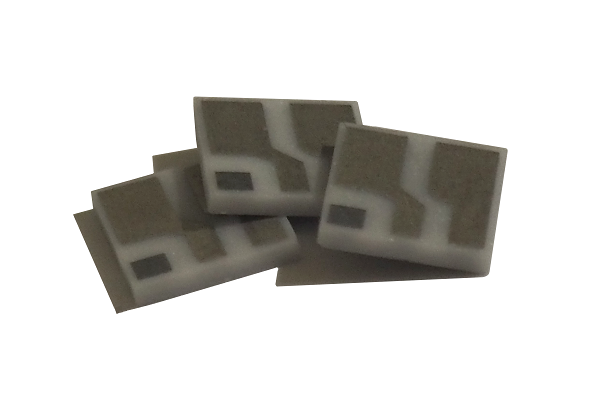Beryllium Oxide (BeO) Ceramic Substrates
Beryllium Oxide (BeO) Ceramic Substrates
Description

Beryllium oxide (BeO) ceramic substrates are a type of ceramic substrate that are used in a variety of applications due to their excellent thermal conductivity and electrical insulation properties.
BeO ceramic substrates have the highest thermal conductivity of any ceramic material, making them ideal for use in applications that require efficient heat dissipation, such as high-power electronic devices. In addition, they have a high electrical resistivity and dielectric strength, which make them suitable for use in high-voltage applications.
However, it is important to note that BeO is a toxic material and poses a health hazard if inhaled. Therefore, the use of BeO in electronic products is highly regulated and requires special handling procedures.
Due to the health hazards associated with BeO, alternative materials such as aluminum nitride (AlN) or silicon carbide (SiC) are often used in place of BeO for electronic applications. These materials offer similar thermal conductivity and electrical properties, while posing less of a health risk.
BeO (Beryllium Oxide) ceramic substrates have a unique combination of thermal, electrical, optical and mechanical properties that are used for a wide range of applications such as thermal control and integrated electronics to high-temperature parts and nuclear reactors. BeO substrates have no analogs among oxide ceramic materials.
BeO ceramic substrates have the highest thermal conductivity among ceramic materials and exceed the thermal conductivity of many metals, except copper and silver. BeO substrate thermal conductivity is 10 times higher than Al2O3 and almost 2 times higher than AlN substrates.
| Properties | Material | ||
| BeO 97% OBK-97 | BeO 99% OBK-100 | ||
| Colour | grey | grey | |
| Bulk density | g / cm3 | ≥2.85 | ≥2.85 |
| Surface roughness (Ra) | micron | 0.30 - 0.50 | 0.30 - 0.50 |
| Polished surface roughness (Ra) | micron | <0.1 | <0.1 |
| Mechanical characteristics | |||
| Flexural strength | MPa | ≥170 | ≥190 |
| Elastic modulus | GPa | 345 | 345 |
| Hardness | kg / mm 2 | eleven | eleven |
| physical characteristics | |||
| Thermal expansion coefficient (40-800 ° C) | 10 -6 /°C | 7.0 ~ 8.5 | 7.0 ~ 8.5 |
| Thermal conductivity (25 ° C) | W / m ∙ ° K | ≥200 | ≥240 |
| Specific heat | J / kg ∙ ° K | 720.0 | 720.0 |
| Dielectric constant (1 MHz) | - | 6.9 ± 0.4 | 6.9 ± 0.4 |
| Dielectric loss (1MHz, 25 ° C) | 10 -4 | ≤3.0 | ≤3.0 |
| Technological characteristics | |||
| DBC technology | X | X | |
| (Cu 127 - 450 μm, protective coatings) | |||
| Thick film technology | X | X | |
| (Ag, Au, Ag-Pd, Ag-Pd-Pt, Ni - from 12 to 100 microns) | |||
| Thin film technology | X | X | |
| (guides on request) | |||
| Distance between scribing lines, mm | 2.00 ± 0.05 | ||
| Minimum hole diameter, mm | 0.20 ± 0.05 | ||
Order Form
About Semiconductor Electronics
SEMI EL project is a global supplier of materials, equipment, spare parts and supplies for the semiconductor industry.
Get In Touch
Email: info@semi-el.com

